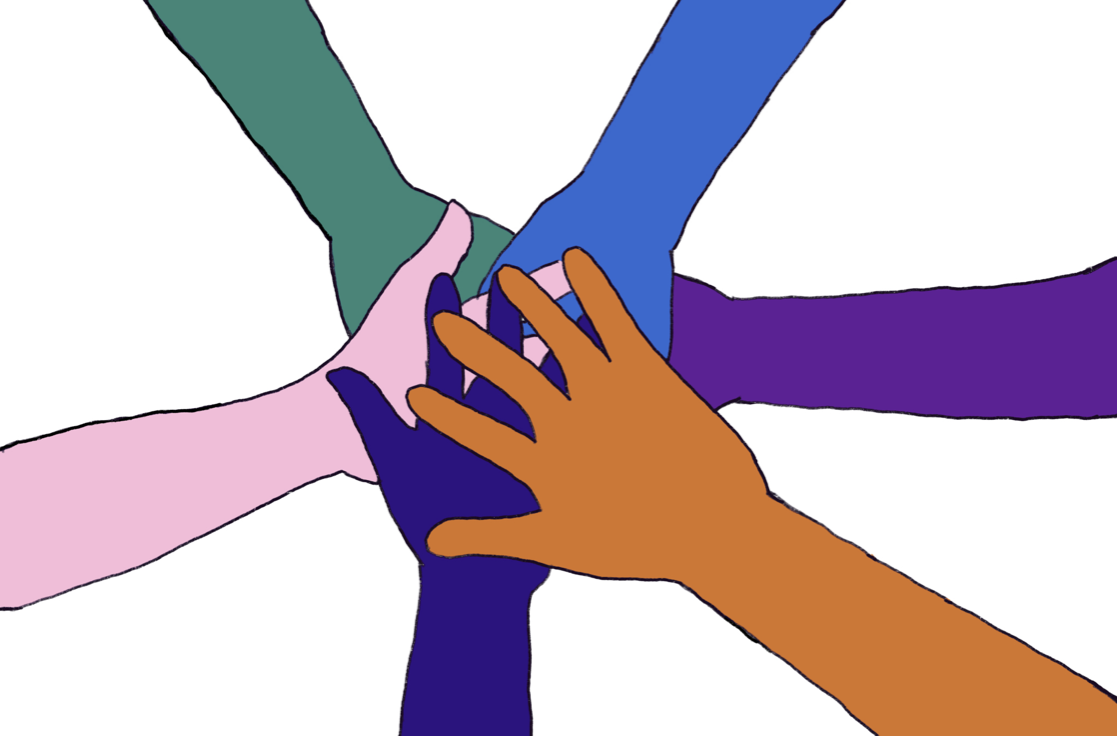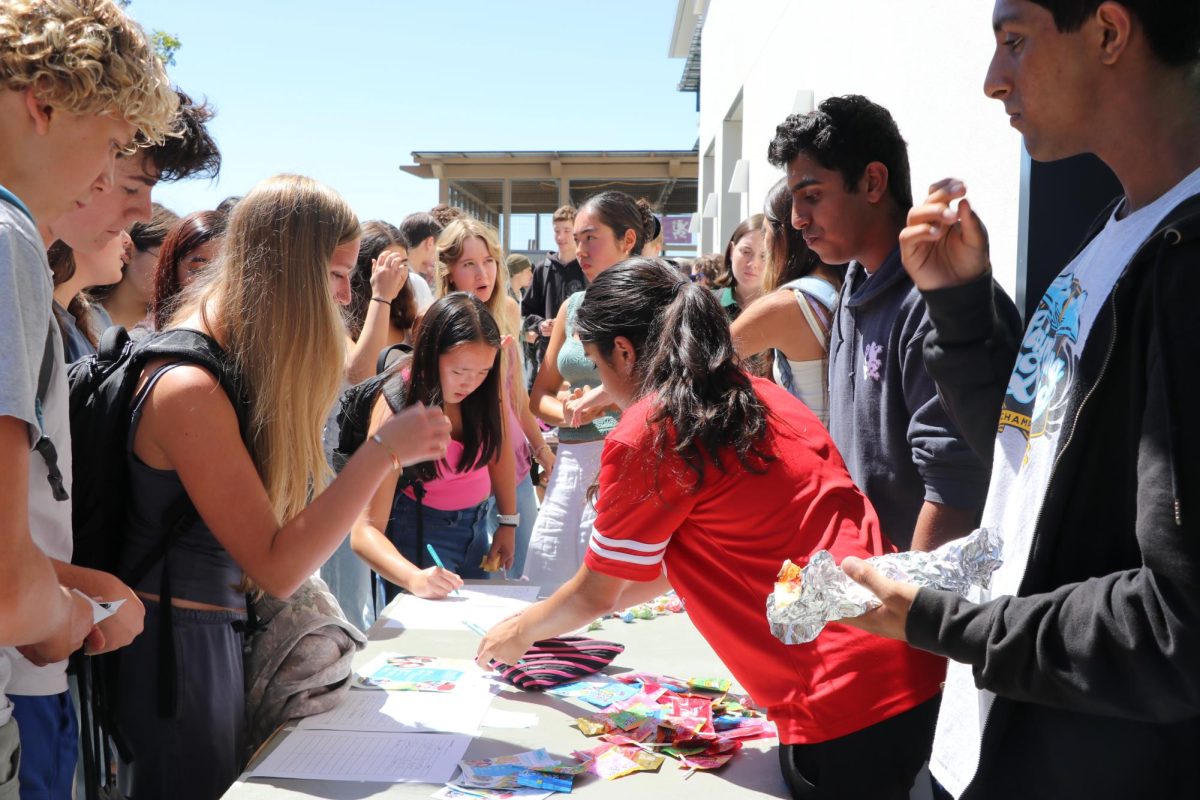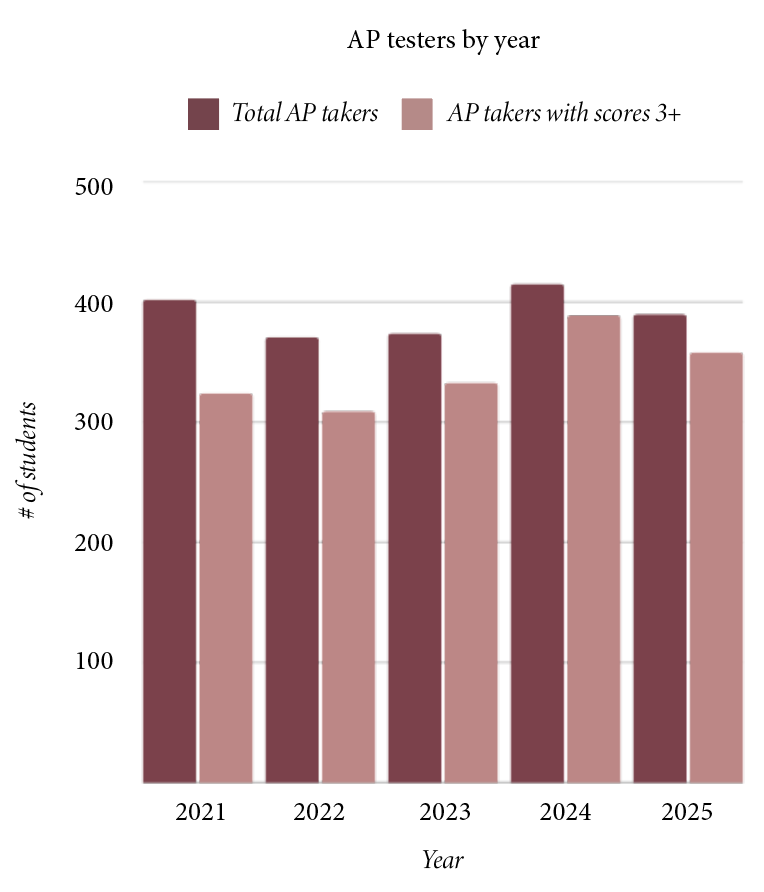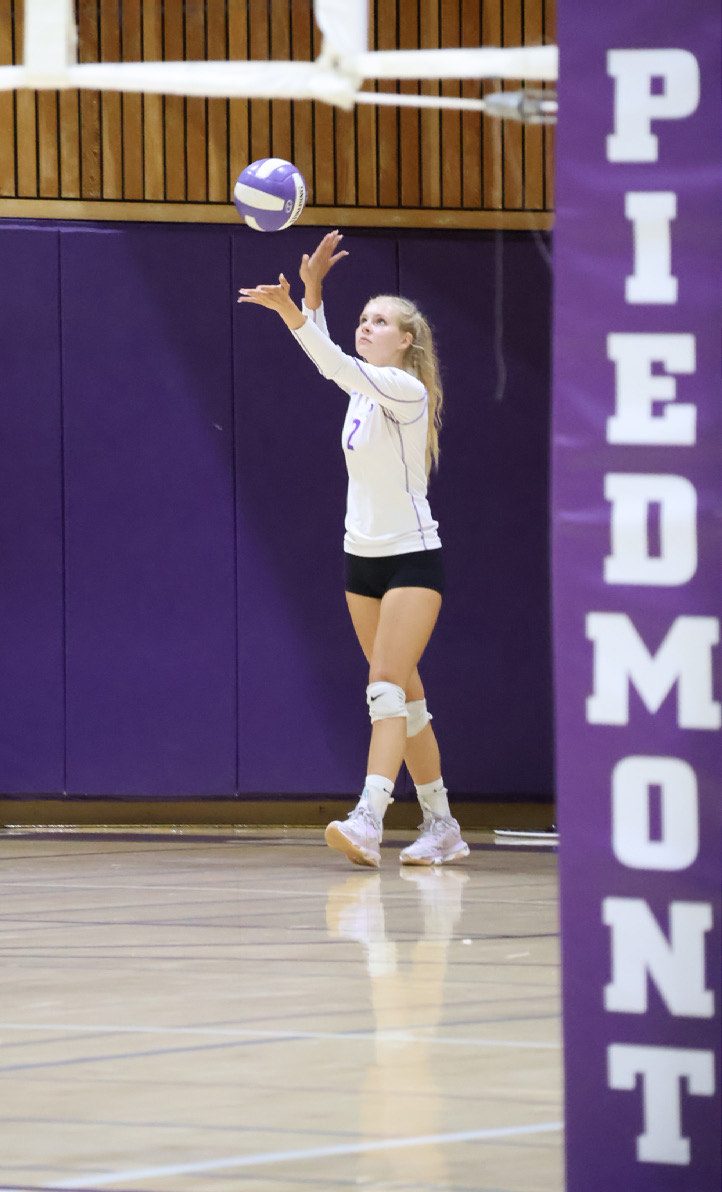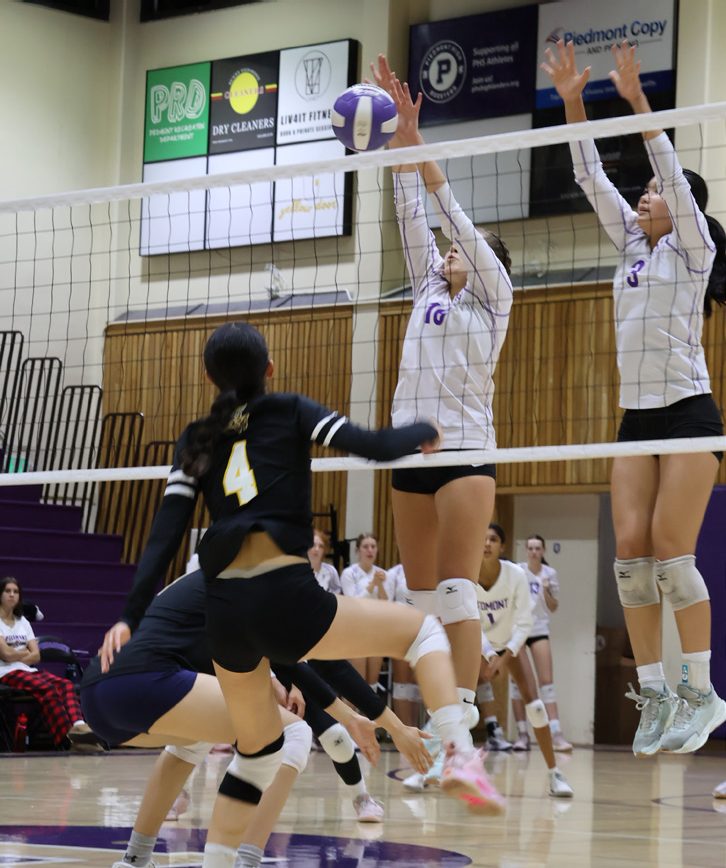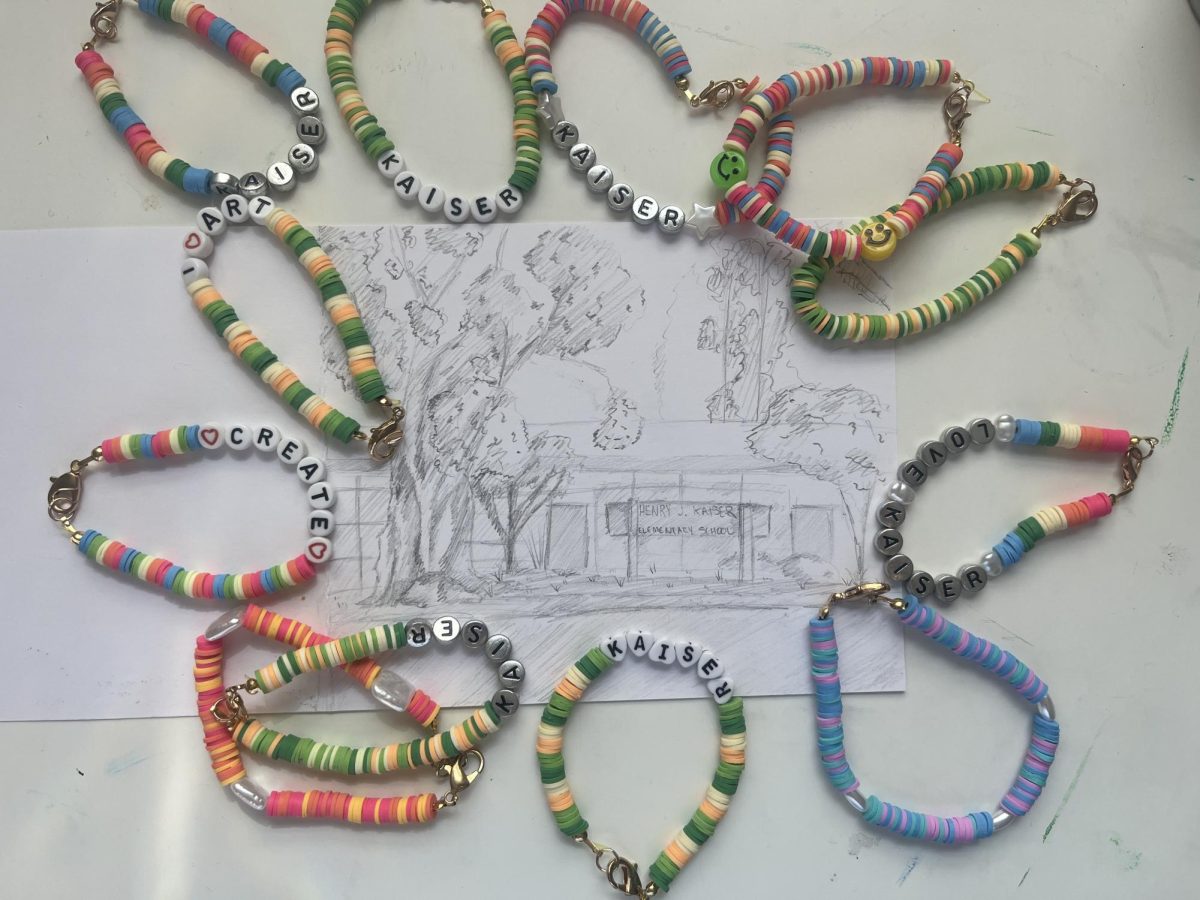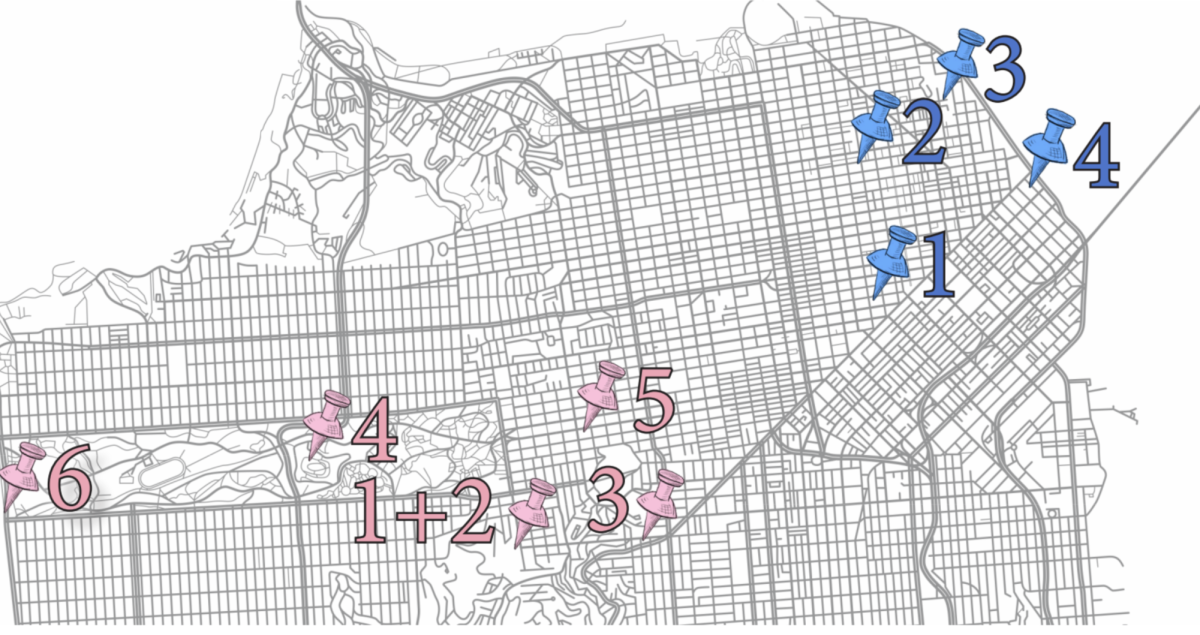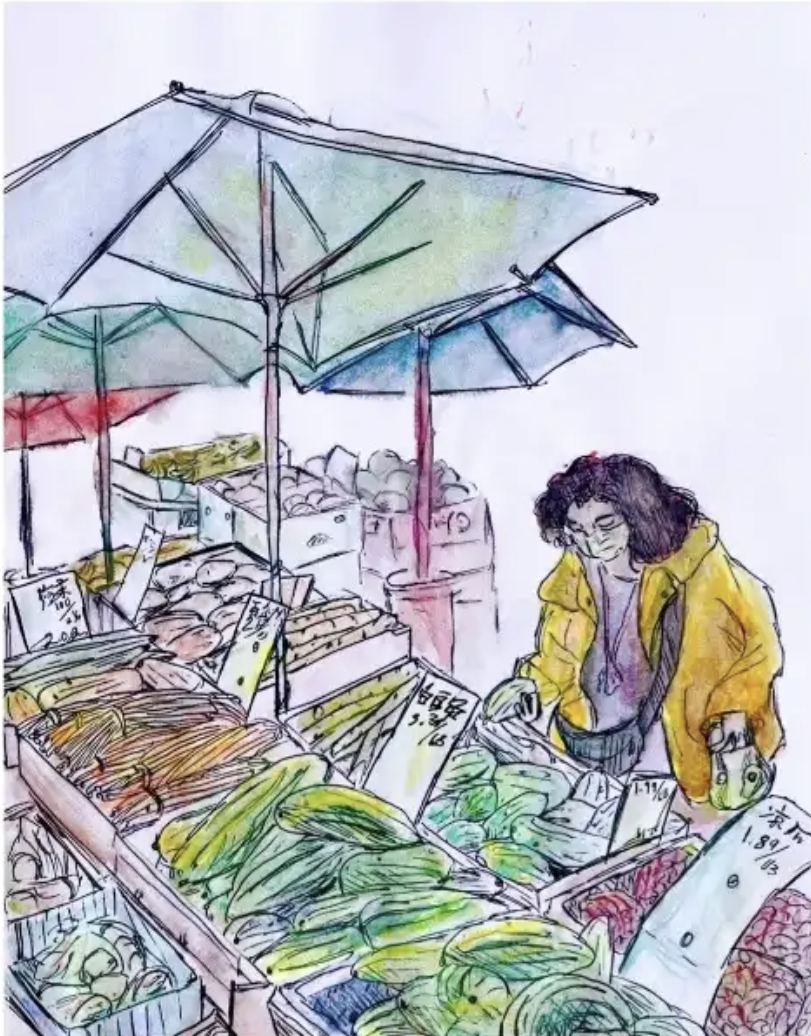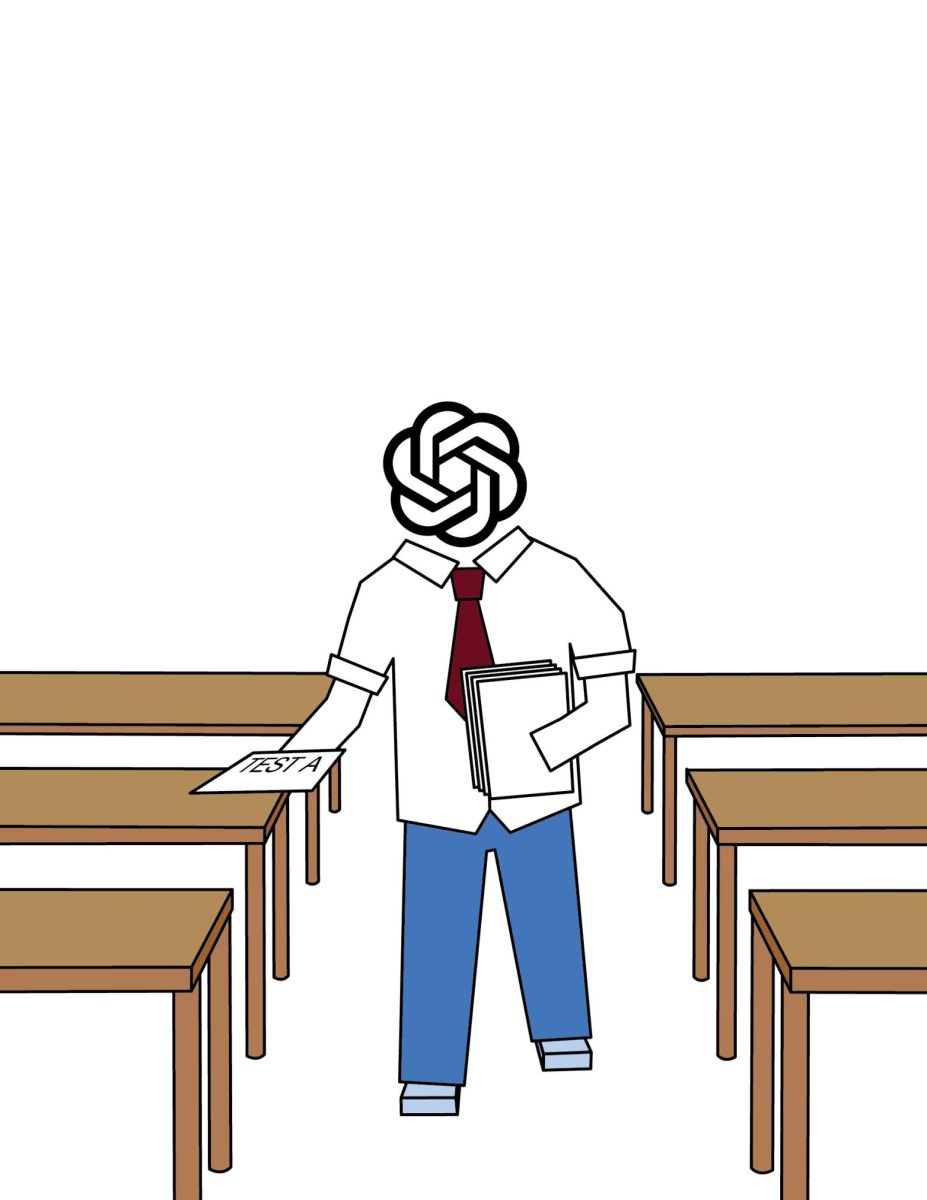“Thank you for applying to…” These dreaded first words are part of a common nightmare for many high school seniors. After years of effort through school, extracurriculars, and personal essays, their college application was rejected. However, in an era where people share more and more online, these rejections have become a new addition to students’ social feeds.
Two PHS seniors, who asked to remain anonymous, created an Instagram account for seniors to share their college rejection letters because they saw other high schools doing so. Despite only sharing six letters, it has amassed almost 400 followers.
“College decision time is really stressful for a lot of people, so I did want to make it kind of funny,” said one of the account creators.
The posts feature students’ rejection letters accompanied by witty captions like ‘Stanford is missing out’ alongside playful emojis. Several posts often have other students commiserating and encouraging the rejected individual in the comments.
Senior Coral Yeh sent her rejection letter from the University of California, Davis, to the account creators.
“I figured why not,” Yeh said. “I thought that the rejections account was a fun idea, and the previous posts weren’t super mean.”
Piedmont and Millennium High College and Career Counselor Stefanie Manalo-LeClair said she has also seen students at other high schools share their rejection letters.
“It takes a little bit of that doom and gloom feeling about rejection and spins it into something that a student can laugh about a little bit,” Manalo-LeClair said.
Manalo-LeClair cautioned students against posting personal information online and making potentially mean remarks toward colleges because future employers and other colleges might see the account’s posts.
“This is the kind of private, personal information that I personally probably wouldn’t share, but it’s interesting seeing other people choose to share it,” senior Henry Horsley said.
In addition to being playful, some said the account created solidarity between students going through the lengthy process.
“It makes people that are rejected from the same college feel better about themselves and show that it is not just them,” said one of the account creators. “It’s a way of connecting and showing rejection is normal.”
Yeh said the account allowed her to connect with other students in similar situations.
“I think sharing rejections both normalizes the experience and allows people to show solidarity and let them know they aren’t alone,” Yeh said.
While the posts focus on seniors, the account creators said they also had to consider the precedent they set for juniors and other students not yet applying to college.
“I think it’s kind of comforting to know that there’s other people who also are rejected,” junior Joseph Ichimaru said.
Manalo-LeClair said the account might help juniors gain a more realistic view of the college admissions process but could also discourage them.
“Seeing lots of seniors they think are very sharp getting rejected could be disillusioning,” Manalo-LeClair said.
Ichimaru acknowledged this side effect but said the account was unlikely to substantially affect juniors compared to other stress factors like standardized tests, weighted classes, and social uncertainty.
Ultimately, Manalo-LeClair wanted to leave students with a final piece of advice.
“You really can’t take it personally,” Manalo-LeClair said. “They have so many applicants for those schools that there’s no way they can accept everybody who applies.”
Categories:
Turning Rejection Into Connection
Seniors Share Their College Rejection Letters Online
Noah Sohn, Digital Editor
Apr 24, 2025
0
Donate to The Piedmont Highlander
Your donation will support the student journalists of Piedmont High School. Your contribution will allow us to purchase equipment and cover our annual website hosting costs.
More to Discover
About the Contributor

Noah Sohn, Digital Editor
Noah Sohn (12) manages TPH’s online infrastructure and publications. In his free time, he enjoys running, camping, and meeting with friends.




